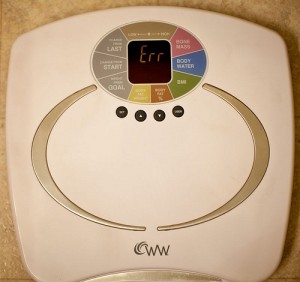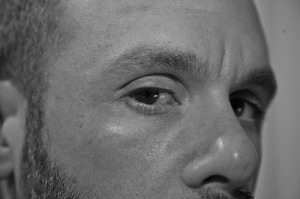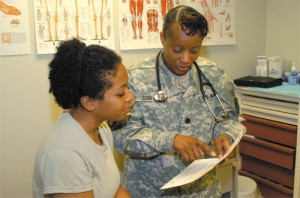Is the nursing shortage over? Not in Florida, anyway. There are about 14,000 available nursing jobs in that state according to online job postings in November, and this article in the Bradenton Herald says that state projections made earlier this month forecast a 2.4 percent annual growth in registered nurse job openings.
There are a few catches, though.
For one, it can be hard to get into the state’s nursing schools due to lack of spaces and caps on enrollment. Also, cuts to Medicaid are coming which could mean layoffs as hospital budgets are stretched further.
The article notes that demand is growing as experienced nurses who may have delayed retirement during the economic are expected to leave the profession in coming years.

CC image of Florida Coast used courtesy of USFWS/Southeast via Flickr
“We’ve had an artificial bubble. But nurses are not going to continue to work four and five 12-hour shifts a week,” said Ralph Egües, executive director of the Nursing Consortium of South Florida.
To recruit nurses, hospitals, including some run by Broward Health, have formed training partnerships with colleges and universities.
Boca Raton Regional Hospital offers scholarships in return for a two-year work commitment to students who work at the hospital while attending Florida Atlantic University’s nursing college.
“I don’t mind. I like it,” said Cassandre Exantus, 21, who has a $10,000 scholarship from the hospital toward her bachelor’s of nursing degree at FAU. After graduating, she hopes to become a nursing teacher.
The hospital also partners with FAU in an accelerated nursing program for those who already have a bachelor’s degree and want to change careers.
Timothy Parker, a teacher for 12 years, is thrilled to be in the special one-year nursing program. “I’ve always thought about working in a medical career,” said Parker, who said a scholarship and a supportive working spouse made that career transition possible.
Not everyone who wants to be a nurse can find a spot in nursing school, where teacher shortages limit enrollment. But Florida’s nursing schools don’t have the capacity to meet the demand for students wanting to enter the field, according to the state’s workforce agency.
FAU’s College of Nursing said it usually has about 80 slots open a year for new nursing students, but it has at least 700 applicants.
Nursing and other health care jobs could be affected by Gov. Rick Scott’s proposal to cut $1.9 billion from the $21 billion Medicaid program for treating the poor. Most of the money pays for care at hospitals in South and Central Florida.
Still, nursing students are likely to find new career opportunities in the future, many the result of health care reform.
Nurses are being hired in medical technology, transitional care from hospital to home, as case managers for insurance companies and for research trial coordination, according to Broward General’s Sprada.
“You can wear many hats,” he said.
While there seem to be an especially large number of nursing jobs available in Florida right now, many of the other factors mirror national trends.







